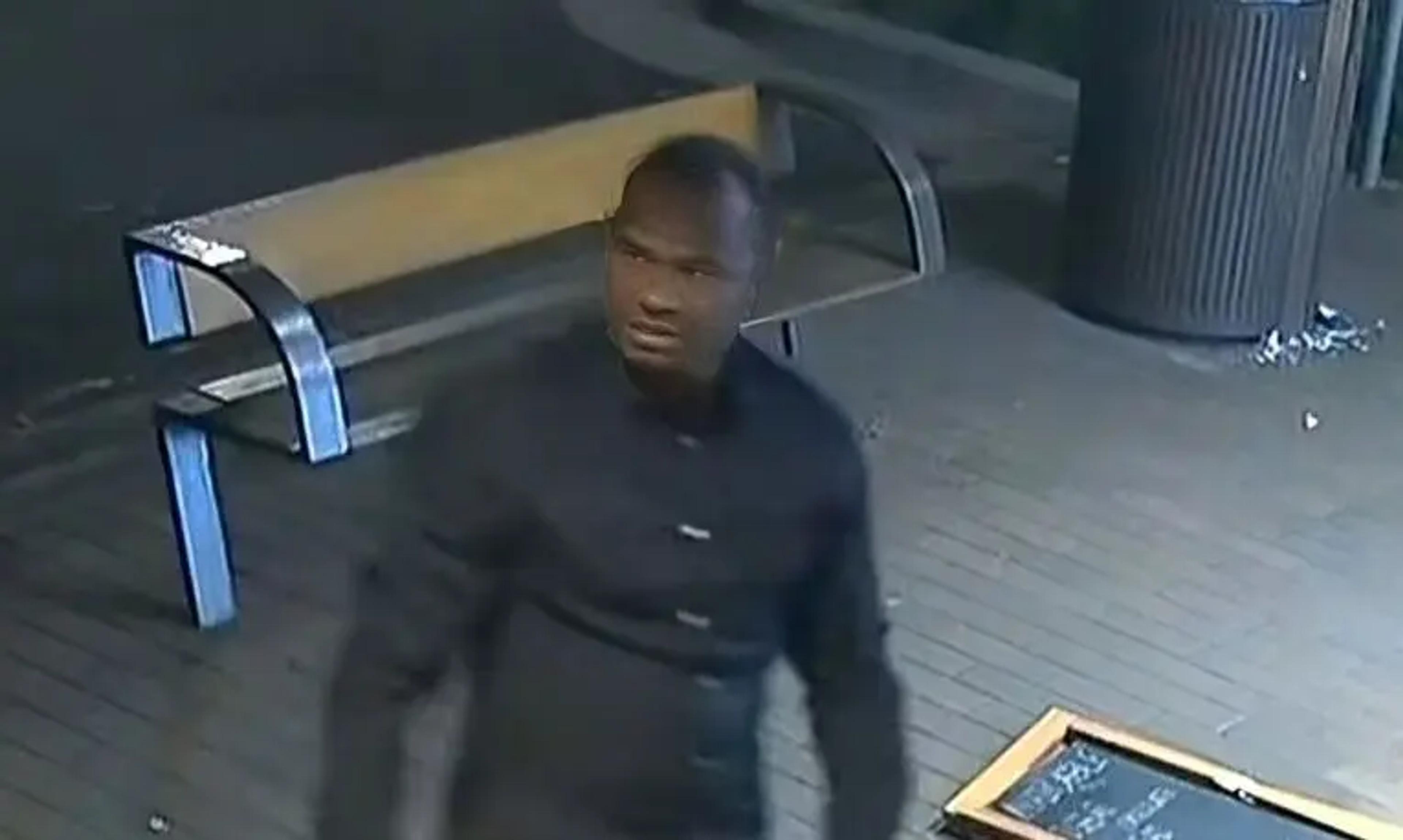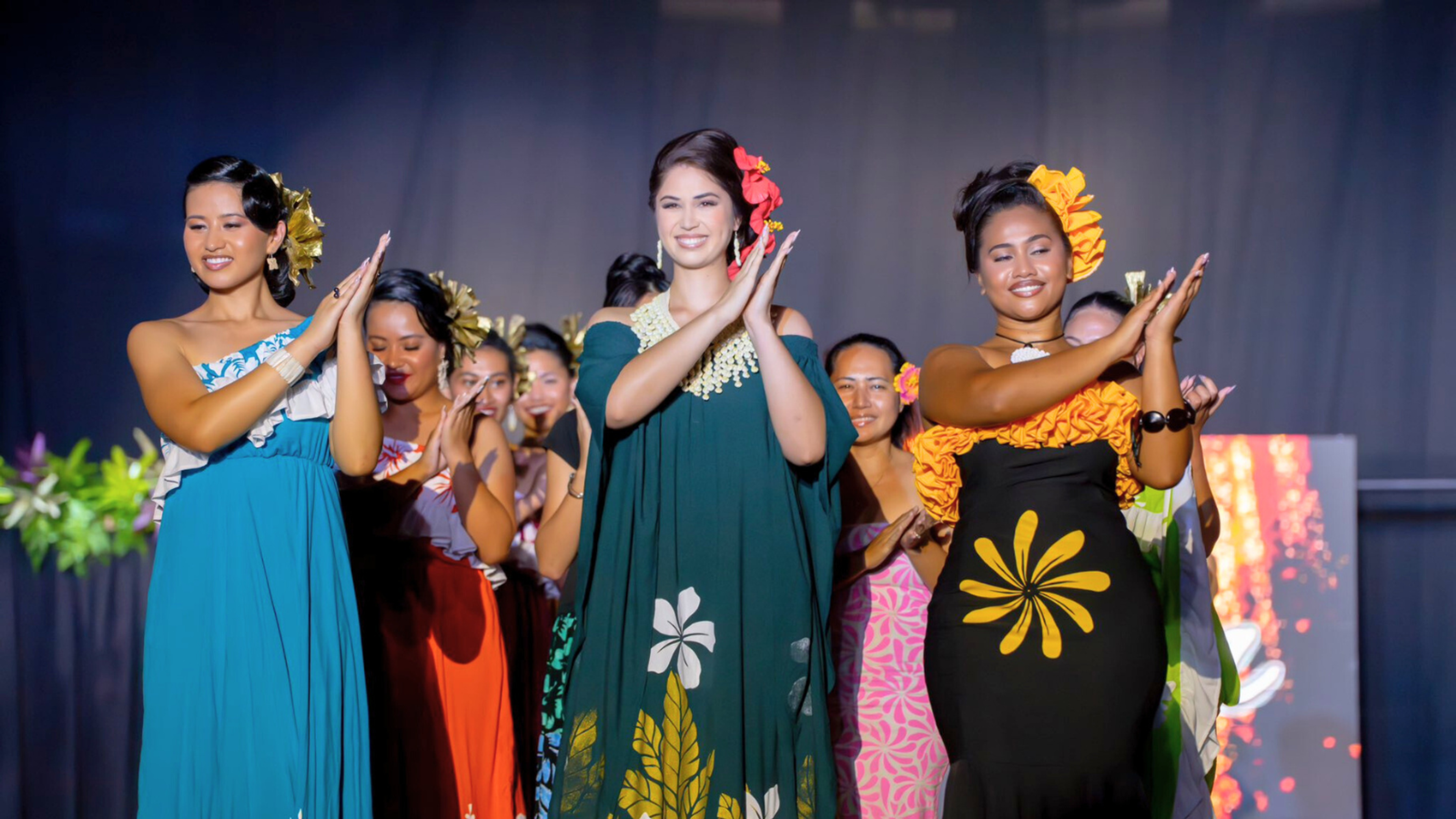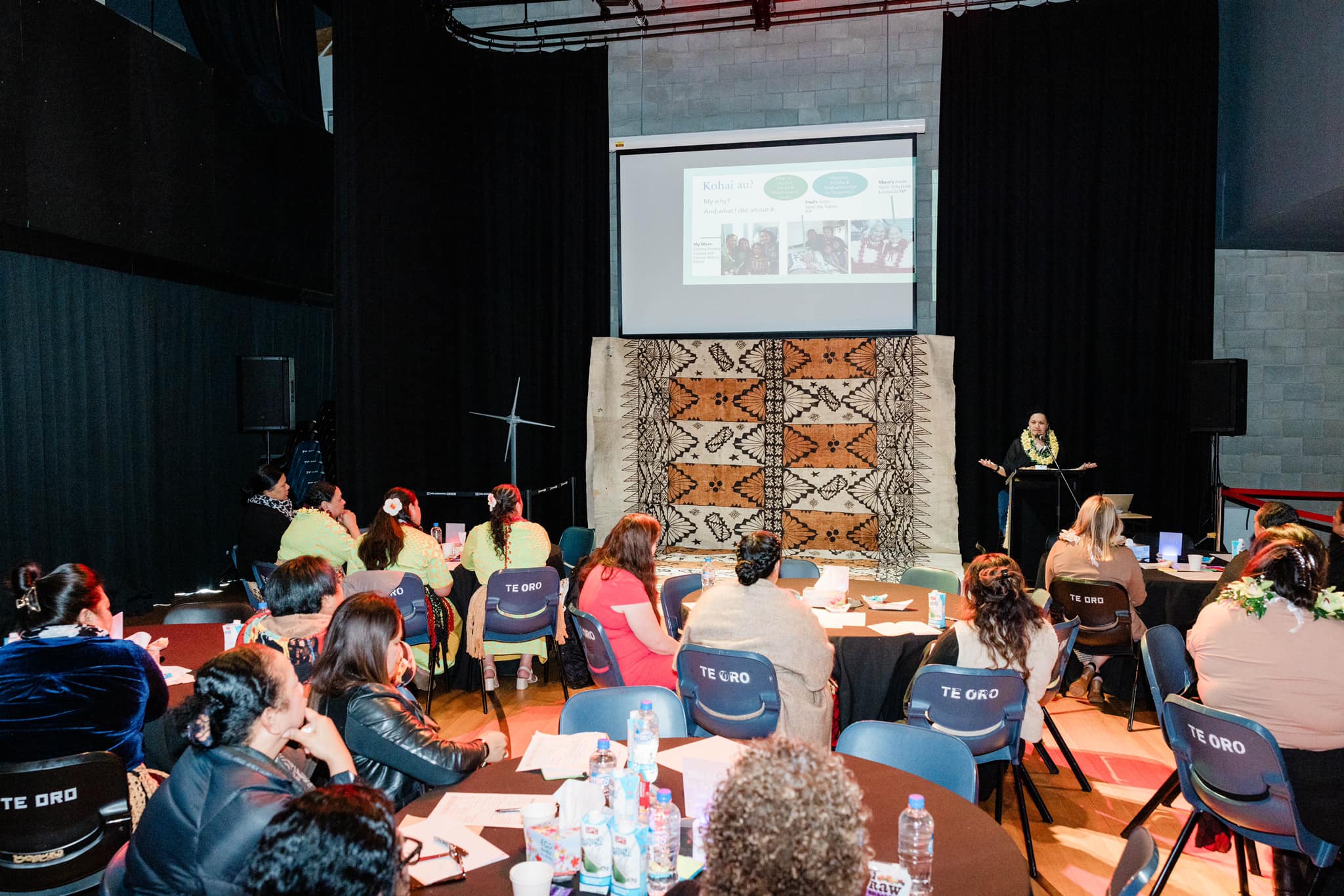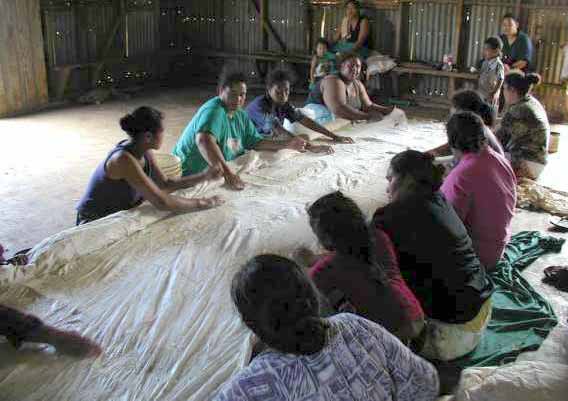

Hainoame Fulivai says maintaining indigenous methods of ngatu-making is crucial.
PMN News/Khalia Strong
Paying the price: Ngatu conference highlights loss of traditional methods and dangers of digital
The Tapa Talanoa Collective hosted the first Ngatu Conference last month, talking about the significance of ngatu in preserving indigenous knowledge, and what the future might hold.



Pacific and Māori youth bearing the cost of NZ’s ongoing vaping crisis




Fijian man charged after violent stabbing in Sydney’s inner city

Pacific and Māori youth bearing the cost of NZ’s ongoing vaping crisis


There are fears the ngatu or tapa market is broken, as new methods emerge and mass buying in Tonga is undercutting local craftswomen.
Traditional ngatu is made from the bark of hiapo (paper mulberry tree), and is painstakingly dried, beaten and glued together, before motifs are rubbed into the surface and more designs added by hand.
This artform is only done by women, and has been primarily used for gifts or trade and can be passed down as an inheritance. Tongan community leader in South Auckland, Sandra Fakana’ana’a-ki-Fualu has fond memories of it being made.
“I grew up in the village of Kolovai with my grandmother, [I remember] watching the women, singing and they’re happy, and they talanoa.”
Ngatu loi, or counterfeit versions, are becoming more available, using synthetic fabrics like vilene and reemay or industrial paper, with ironmongers paint and red brick dye for colour.
“Right now we are facing a risk of a future with ngatu loi," says Hainoame Fulivai, founder of Tapa Talanoa Collective.
“It’s a huge loss to the Tongan culture, but it’s something that’s also happening discreetly and nobody’s talking about it.”

The Tapa Talanoa Collective hosted the first Ngatu Conference at Te Oro Events Centre in Auckland's Glen Innes. Photo/Facebook TTC
The Tapa Talanoa Collective hosted the first Ngatu Conference last month, talking about the significance of ngatu in preserving indigenous knowledge, and what the future might hold.
Fulivai has extensive experience in research and community development, and previously co-chaired the Pacific Peoples’ Advisory Panel for Auckland Council. She says indigenous wisdom needs to be safeguarded, especially as the market becomes more digitally-driven.
“What’s really critical with disruptive technology is that it’s got to have a purpose, otherwise you’re building something for monetising, there’s no real value in that.
“What does ngatu look like if it becomes a cryptocurrency and you don’t have the women, you don’t have the culture?”
Opportunities to pass on knowledge and wealth being lost
Along with modern methods and materials being used, the designs are also moving away from traditional motifs, which have been used to depict events such as the sighting of Halley’s comet in 1910 and aircraft used during WWII.
Fulivai says the designs, along with indigenous measurements called langanga need to be preserved.
“I don’t like seeing ngatu that’s even or the lines are really straight, because what the old ladies do is they measure it with their fingers, which is why you’ll never ever find two pieces of ngatu that are exactly the same, unless they have been 3D printed.”

Women rubbing the patterns into the tapa sheet in 'Eua. Photo/Wikicommons
A struggling industry
There are concerns bulk buying of ngatu mats in Tonga is keeping women in poverty.
The average income for Tongan women is less than half what men make, and Fulivai says women can get a good payout from selling tapa, but aggressive bargaining is undercutting the market.
“There’s villages that have created all new ngatu, but one woman will go in and buy all of it and then come back overseas and sell it back at a different price.
“When you see the data of how poverty is really prevalent in the lives of Tongan women in Tonga, why wouldn’t they sell at a lower price?”
Fulivai says the market price of ngatu is set by women who negotiate the price through village networks.
“Diaspora women actually control the price wars in Tonga. Women outside of Tonga identify affordability as a barrier to ngatu, but there is reason to believe that we are actually responsible for disempowering each other.”
Tongan visual artist Dagmar Dyck says there are also concerns closer to home.
“We’ve got certain people that are not of Tongan heritage in this space making ngatu and selling it for incredible amounts of money. And I wonder about my auntie Mele back in Tonga doing the exact same thing, but she’s selling it for hundreds of dollars, whereas this is hundreds of thousands of dollars.”
Dyck says more discussion is needed in the arts industry around artistic sovereignty and protecting authentic Tongan work.
“The essence of what a ngatu is made for is often to be given, but when we put it into a western gallery it becomes something quite different, its meaning and purpose changes.
“I think our language needs some shaping to actually go ‘I think it’s a painting’.”